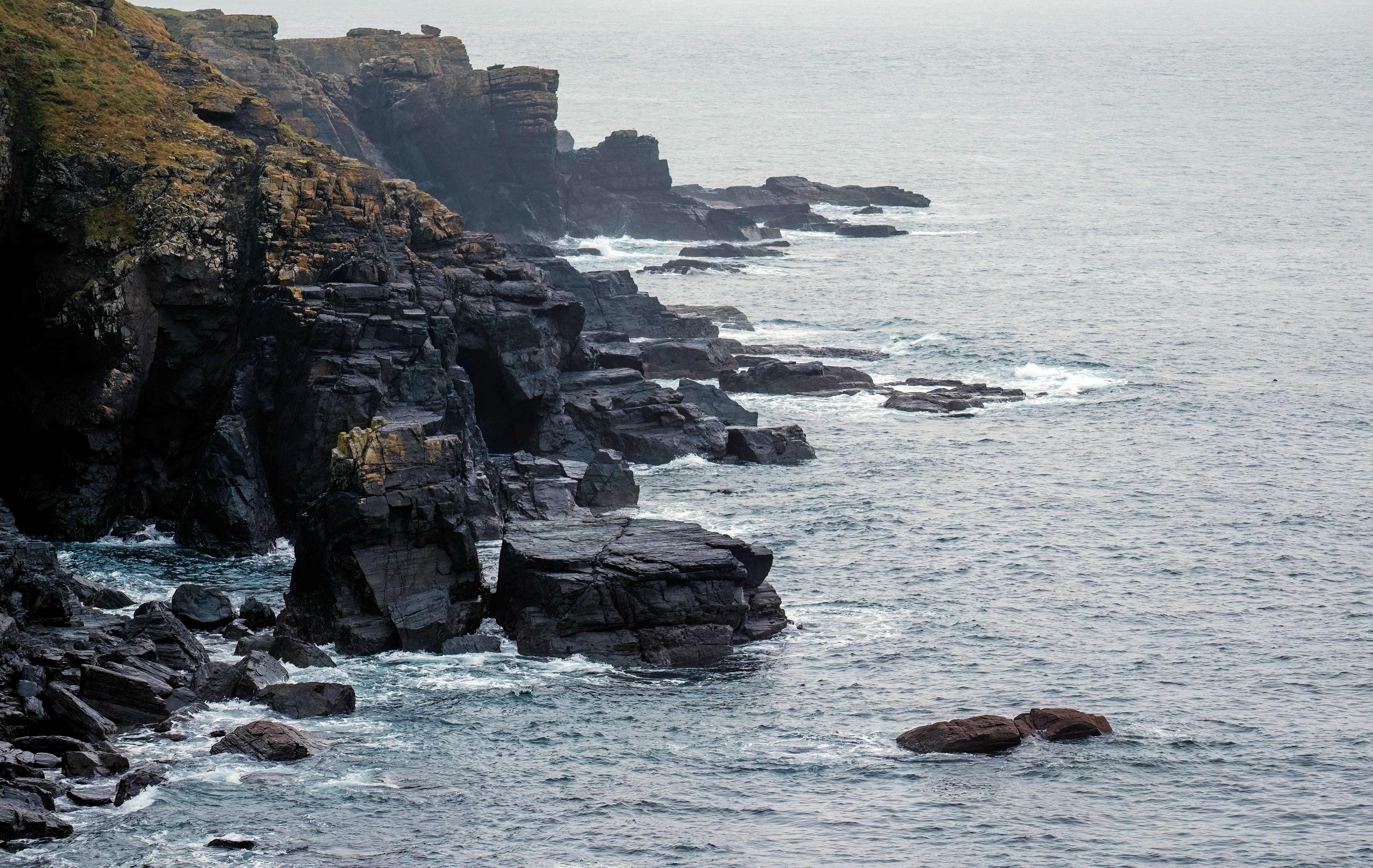Cornish folklore: Giants of Cornwall
The folklore, culture, history and industries of Cornwall are often directly tied to the unique landscape of the Duchy, writes Sian Powell (https://celticsian.co.uk/).
Cornish folklore: Giants of Cornwall
The folklore, culture, history and industries of Cornwall are often directly tied to the unique landscape of the Duchy, writes Sian Powell (https://celticsian.co.uk/).

There is a granite rock mass beneath the majority of Cornwall and parts of Devon called ‘the Cornubian Batholith’, which sounds like an eldritch monster from a Lovecraftian horror story. This granite mass is the reason Cornwall is so rich in minerals and why so much of our history and identity is tied to mining. But even though the Batholith itself is no monster, the rocky outcrops on the many moors and tors of Cornwall are often home to the cruel and frightening Giant of Cornish mythology.
A common feature of the Giants is their connection to the geological landscape of Cornwall. We can see this through the mythical building of St Michael’s Mount by Cormoran who was particular with the rocks he wanted and punished his wife for not using them. It is also present through the throwing of rocks at friends and enemies alike, using logan stones to rock to sleep and the stacking of the cheesewring on Bodmin Moor.
There is no consistent size or physical descriptions of the Cornish Giants. Cormoran, who was eventually slain by Jack the Giant Killer when he was simply known as ‘Jack’, was often described as 18 feet tall. Gogmagog, who was felled by Corineus, the eponymous founder of Cornwall, was only 12 feet tall in comparison. Whereas the fearsome Bolster Giant of St Agnes had a 6 mile wide leg span and taking into consideration average step to height ratios, could have been anywhere between 2 and a half to 3 and a half miles tall!
But despite the different stories and lessons to be learnt from the many Giants of Cornwall, each of them reflect the fascinating geological landscape of Cornwall. The stone monuments on lonely moors and tors, the colours of the cliffs and the rocks of Cornwall have all shaped these myths and legends. The same geology that is integral to the industrial history and cultural identity of Cornwall, is also present in the folktales of Cornish Giants.
Photo by Brian Aitkenhead on Unsplash








